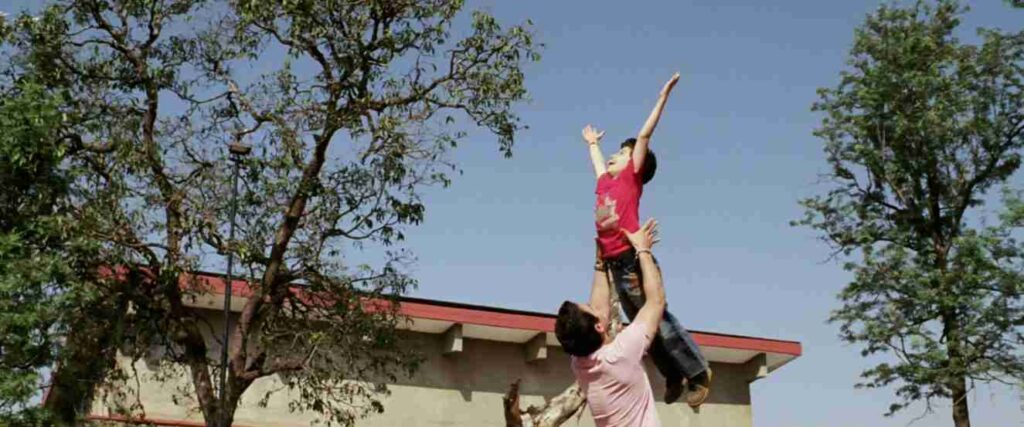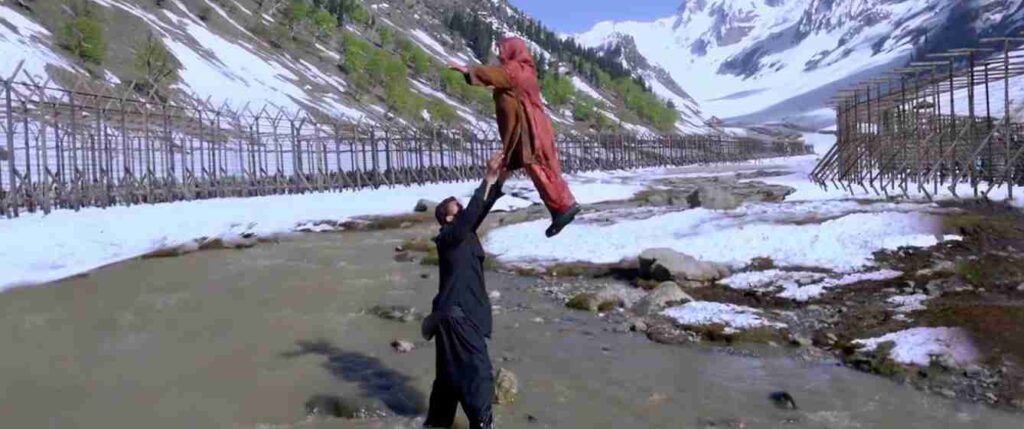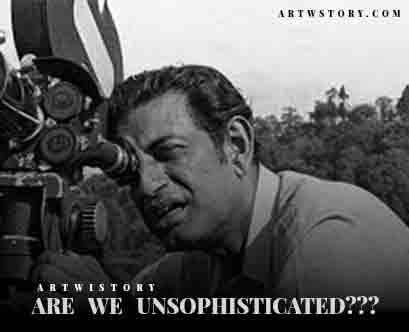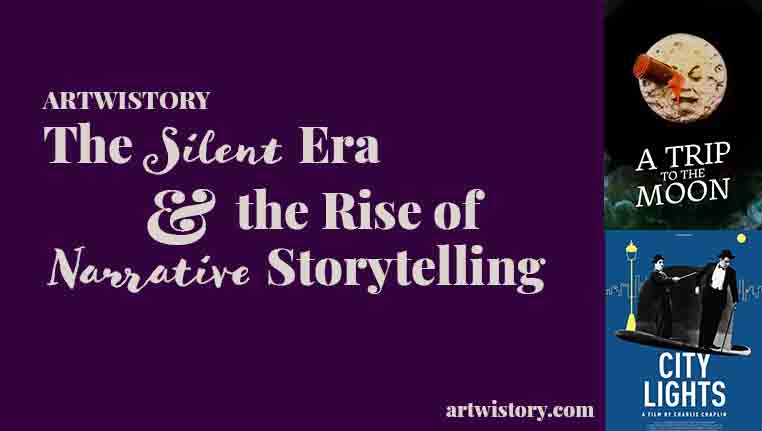Sometimes a singe frame talks more than words. But in this section of ‘let’s talk about the frame’ we try to gather the underrated frame that has not been talked about. I have not found any specific article or mention of this frame and interestly the same use is done in two big films.
So what is the frame?
I am talking about a frame used in both Bajrangi Bhaijaan and Taare Zameen Par, both of the film is one of my favourite commercial films. Now which frame am I talking about?
In Taare Zameen Par,
At the end when Ishaan Awasthi the boy in the film was returning to his home. He hugged Ram Shankar, the teacher who helped him cope up with the problems he was facing and played by Aamir Khan. And then he was going towards the car which will take him home and suddenly he turns, starts running towards Aamir Khan and he holds him and throws him upwards and the frame freezes.


Lets talk about the plot first
Taare Zameen Par (Like stars on Earth)
Release on 2007
Duration: 2hours 44minutes
Directed by: Aamir Khan
Genre : Drama, education, family
Taare Zameen par tells the story of Ishaan Awasthi an 8 years old boy with undiagnosed dyslexia, who struggled in a rigid educational system that fails to recognize his problems.He is also criticized by his parents for his poor academic performance. And due to that, he has been transferred into a boarding school. Even in boarding school everyone thinks of him as lazy and ignorant child who don’t want to study.
Enters, Ram Shankar Nikumbh (Aamir Khan), an Art teacher who has an unconventional way of teaching. He recognizes Ishaan’s condition and talent. Nikumbh helps diagnose Ishaan’s dyslexia, gently mentors him. He reignited his confidence through emotional support and personalized teaching methods.
Bajrangi Bhaijaan
Released on 2015
Director: Kabir Khan
Duration: 2 hours 39 minutes
Genre: Comedy, adventure, drama, political fiction
Bajrangi Bhaijaan follows Pavan Kumar Chaturvedi known as Bajrangi, a devout and kind hearted devotee of lord Hanuman. Who discovers a girl and through multiple events he found out he is a Pakistani girl lost in India. Her name is Shahida or Munni. Despite knowing her identity or language, Pavan becomes determined to reunite with her family in Pakistan.
Facing political and physical obstacles, Bajrangi crosses the boundary and tries to find Munni’s home. And he and munni is supported by a Pakistani reported who first went to them to cover the news, despite end up empathizing with them and helping them.
In 2015, Bajrangi Bhaijaan released,
Where again at the end we found Munni, the little girl after getting reunited with her family he turns back towards Bajrangi played by Salman Khan, and starts running towards him. Bajrangi holds her and throws her into the air and the frame freezes.
The heroic elevation or Redemptive lift
A visual device where one character lift another in this case child high into the air – visually exposing them to the audience which symbolizing transformation, emotional climax or deliverance.
In Taare Zameen Par, the lift becomes a visual manifestation of Ishaan’s emotional flight, from isolation to expression. It also shows the freedom from the problems that he was facing.
In Bajrangi Bhaijaan, the frame appears as a mythic saviour moment, where Bajrangi act as a secular messiah. Munni is no longer mute, lost child, she is elevated into full of subjecthood.
Both the elevation occurs as a redemption, the lifted figure in both the films where they were silent or troubled now they are light, liberated and transformed. Matter of fact both the child character in the film are kind of same. Both are different from the surrounding and silent, they don’t talk much.
The physical rise symbolizes a moral or emotional ascent from oppression to freedom, from invisibility to visibility.
Think of Simba in the Lion King, where the lifted child becomes a symbol not just a character. It becomes the symbol of peace, hope or salvation. In a world where masculinity is often stoic, here the masculinity is shown being the anchor point or the support staff for the characters to lift from the oppression to the freedom.
A frame which acts as a summary for the whole film.


